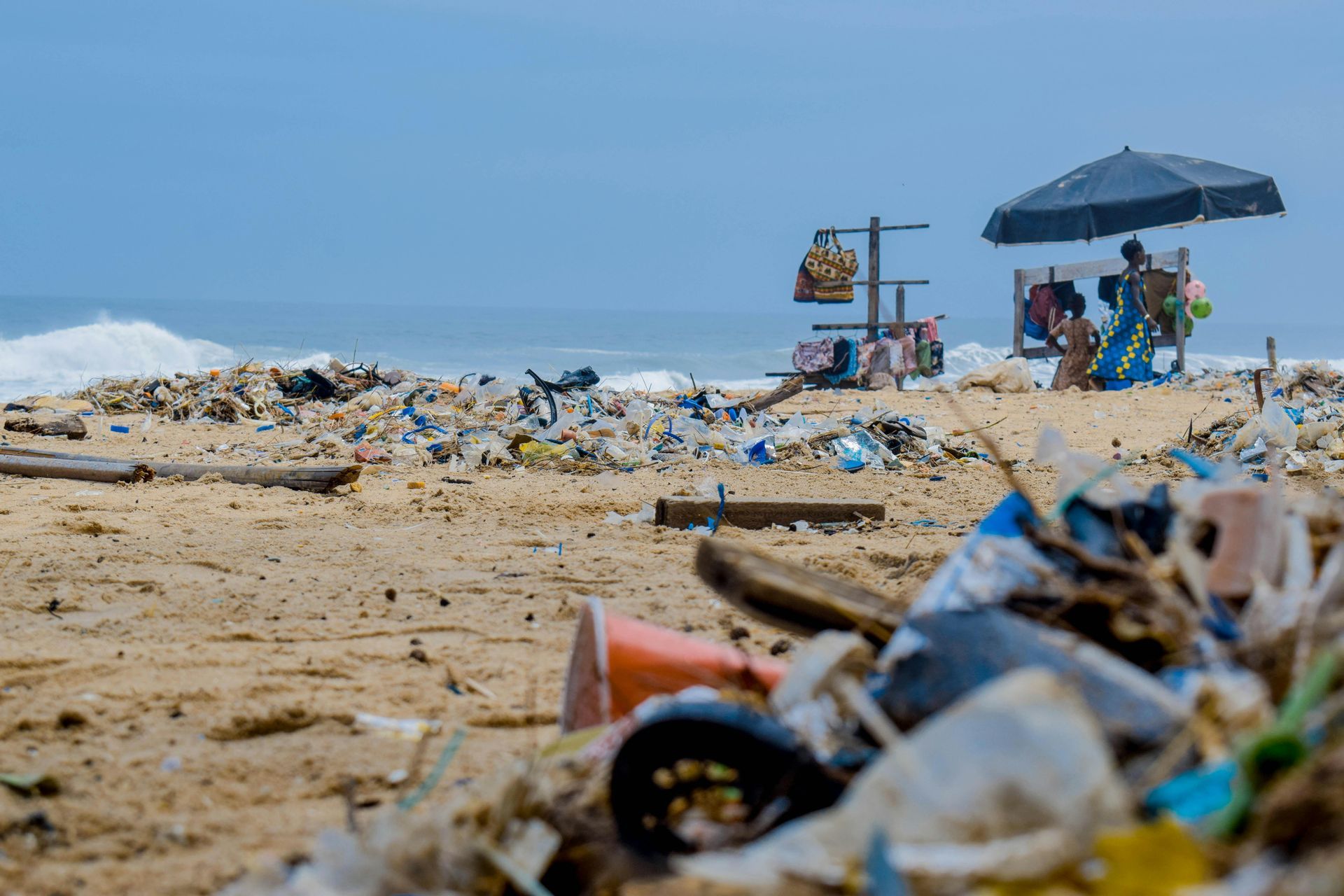Fewer Trips, More Meaning: Becoming a Discerning Flier in an Age of Regenerative Travel
Mindful Flying
In any conversation about sustainable travel, there is an inevitable elephant in the room. An elephant that makes us wonder if ‘sustainable’ and ‘travel’ can truly exist side-by-side. An elephant with wings and propellors and a hefty carbon footprint: the aeroplane.
We know that flying
isn’t fully sustainable yet. In fact, it’s the
least sustainable form of travel, and, as
more and more people choose to fly, its
impact on climate change is only increasing. But there are ways to make more mindful choices when travelling by plane.
Fly direct
According to Climate Action Accelerator, ‘choosing direct flights over connecting flights considerably reduces emissions. Indeed, a large part of a plane’s fuel consumption occurs during take-off and landing.’ Nonstop flights also decrease the number of detours caused by stopovers, providing a more direct flight path.
Pack less
Bring less baggage to physically lighten the load on the plane. It may seem a small thing, but as Business Insider points out, ‘the lighter the aircraft, train, car, or boat, the less energy is needed.’ The more people who are proactive in their choices to travel more mindfully, the larger the impact.
Reconsider First Class
In a study by World Bank, it was calculated that first class flyers have a carbon footprint up to seven times higher than that of the average passenger. According to Mossy Earth, ‘If the space taken up by first-class seats was used by economy class seats the number of passengers on the airplane could increase such that each one would be accountable for a smaller share of the total fuel per passenger.’ It’s worth noting, too, that almost all flight emissions calculators base their calculations on a seat in economy, not first class.
But the number one way to decrease the negative impacts of flying (aside from
abstaining from plane travel altogether), is to fly less. Instead of taking two or three or more short trips abroad throughout the year, we’re embracing the benefits of taking one longer holiday by plane, and planning our other getaways
closer to home.
Take it Slow & Go for Longer
Here are A’ARU, we are advocates of slow travel. Life Unhurried puts it best, describing slow travel as ‘an approach … that embraces meaningful connection and authenticity. Seeing places through the eyes of a local; taking time to savour the sights, tastes and sounds of a landscape; or simply just being. It almost requires a complete redefinition of the very concept of time.’
Indeed, rethinking how we approach our time can radically transform the way we holiday. Adopting this idea of slow travel allows us to truly immerse ourselves in a destination. By visiting somewhere for longer, you can take your time exploring. Train, bike, or bus further abroad to see more of the local landscape – something you might not consider doing in a rushed weekend trip.
The United Nations suggests visiting national parks and sanctuaries as a part of travelling more sustainably, too. Not only does time spent in nature improve your mental health, ‘in some cases, your entrance fee supports conservation efforts that protect species and landscapes and preserve these natural spaces for future visitors to enjoy.’
Spend Intentionally
By going for longer and taking things slow, you’ll have more mental space to immerse yourself within the local community. This personal immersion can have a direct impact on where and how you choose to spend your money.
Ask yourself where and to whom is your money going? Where are the items you’re purchasing coming from? How is your spending supporting a circular economy? In other words, is your spending supporting a linear ‘take-make-waste’ mindset, or encouraging conscious consumption?
For travellers, The World Tourism Organization says that ‘the circular economy brings an opportunity to leave a positive footprint, to travel with purpose.’
Give Back through Regenerative Travel
Travelling with purpose goes hand-in-hand with putting people and planet first – a core principle of regenerative travel.
Regenerative travel is about leaving a place better than you found it. An article in The New York Times puts it this way: ‘Regenerative tourism addresses impacts holistically, from destination and community perspectives as well as environmental.’ It’s a step beyond sustainable tourism, according to Earth Check, ‘but the basics of sustainability still need to be in place in order to create meaningful regenerative outcomes.’
Regenerative travel endeavors to give back. This requires a shift in our mindset, moving from ‘what can I get out of my holiday?’ to ‘what can I give back while I’m here?’
Perhaps in light of this, taking fewer flights will feel less a sacrifice and more a positive practice of caring for – and giving back to – our beautiful planet.
Hope for the Future of Flying
There is hope for more sustainable flying in the future. Virgin Atlantic recently flew the first commercial jet across the Atlantic using sustainable aviation fuel (SAF). The use of SAF decreases a passenger’s carbon impact by 70 percent, according to Joey Cathcart, a senior associate at the environmental group RMI who was on board.
There’s still a long way to go before this becomes the norm, however - not only is global production of biofuels currently too low to meet demand, decarbonising aviation will also be an expensive challenge. Data scientist Hannah Ritchie says, ‘if low-carbon flying is to be economically feasible in a few decades, the world needs to start working on it now.’
In the meantime, we hope that all travellers will move towards becoming more mindful, taking fewer trips with more meaning, and visiting destinations for longer in an effort to make a positive impact on people and the planet.
Looking for more? Here are some great resources and articles on better travel choices to get you started:
https://www.cntraveler.com/story/sustainable-aviation-future-of-travel
https://www.unwto.org/sustainable-development/circular-economy
https://earthcheck.org/wp-content/uploads/2023/07/0723_EarthCheck_RegenerativePaper_FINAL.pdf











